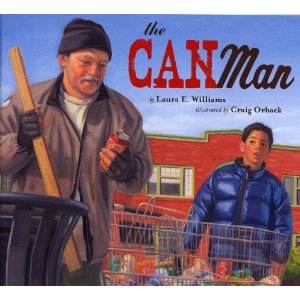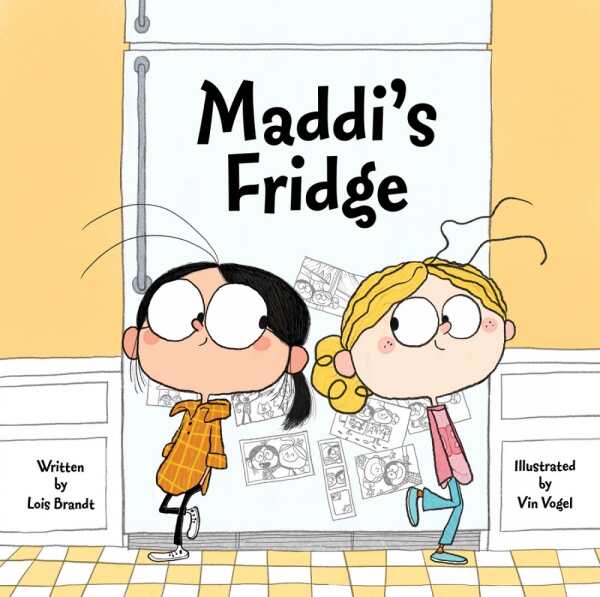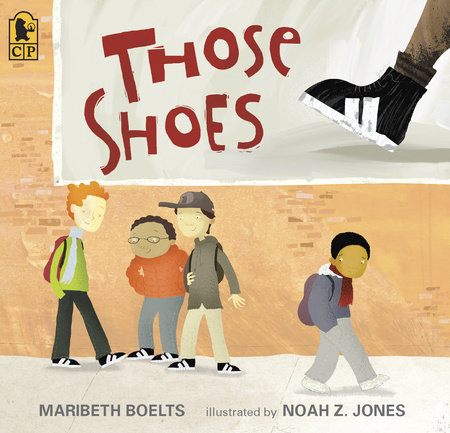
APA Bibliography: Gunning, M., & Pedlar, E. (2004). A Shelter in Our Car. San Francisco: Children's Book Press.
Readability Lexile: AD560L
Book Information: https://www.leeandlow.com/books/a-shelter-in-our-car
Online Read Aloud: https://www.youtube.com/watch?v=6k9c8hVoDqY
Online Read Aloud: https://www.youtube.com/watch?v=6k9c8hVoDqY
Genre: Realistic Fiction, Diverse Protagonist, Bilingual
Author Information: https://www.boydsmillspress.com/bmp/authors-illustrators/monica-gunning
Summary: Zettie and her family came to America from Jamaica. After Zettie's dad passed away, Zettie and her mom were all alone. They couldn't afford a place to live, so they lived in their car. While Zettie goes to school, Zettie's mom would try to find work wherever it was available and finish her classes at the community college. Zettie would get embarrassed by the car so she would have her mom drop her off behind the school. Zettie sometimes gets bullied by the kids at school. When Zettie's mom finally finds a job with the Health Fair, they sleep in a real bed in a motel. This brings hope for Zettie and her mom.
Target Audience: The target audience for this book is children in grades K- 3rd grade. I think children will like this book because it gives hope for children living in poverty. It is a easy read and children will be able to understand it easily.
Evaluation: Being homeless is terrible, but it is a reality that some people have to face. They do not know if they will have food to eat at night or they might even have very little to eat. Coming from a well off life to a life of working very hard can be very rough.
Reader Response Activity: An activity you can do is to have a discussion about what it would be like to live in a car. Have your students make a list of things they would keep in the car if they lived in a car. Remind them that they can only take the necessities. Ask questions about where they would eat, where they would spend the night, etc. When you finish that discussion, talk to your students about what they can do as a class to help children who are homeless. You can help them come up with ideas such as having a food pantry in the school or researching where the near by shelters are.



